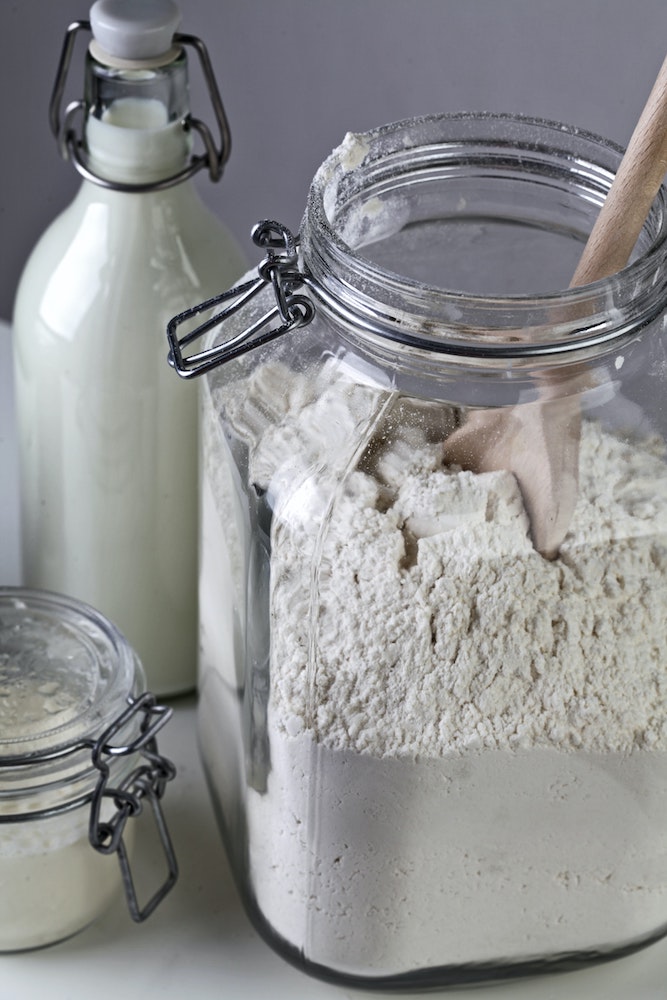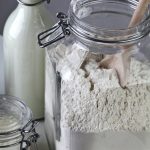
When you’re baking, it’s super important to keep an eye out for unfamiliar ingredients, even if you think they sound familiar.
For me, it happened when I was baking lemon cupcakes. I thought it was weird that there was no baking powder or baking soda in the recipe, but it should be fine, right? “Self-rising flour” still has flour in its name, so it’s basically the same thing, right?
Wrong.
My cupcakes ended up very dense and flat, because self-rising flour is not the same as regular flour!
But it inspired me to write this post, so that you won’t make the same mistake.
So what is the difference between self-rising flour and all-purpose flour?
All-purpose flour is just your standard flour. It’s just plain ground-up wheat.
Self-rising flour has an added leavening agent in it so you don’t have to add it yourself. It’s commonly used in baked goods, like cakes, biscuits, and breads.
Grocery stores sell self-rising flour, but having added ingredients mixed in means that it can go bad sooner than regular flour.
So it’s just as easy to know how to make it yourself, especially if most of the recipes you use call for all-purpose flour! Don’t worry; it’s super simple to make it yourself.
Self-Rising Flour
Materials
- 120 g (or 1 cup) all-purpose flour
- 1 ½ tsp baking powder
- ¼ tsp salt
Instructions
- Whisk together flour, baking powder, and salt thoroughly in a small bowl.
- Use wherever a recipe indicates you should use self-rising flour!
What happens if you just use all-purpose flour when the recipe calls for self-rising flour?
It’s likely that if your recipe uses self-rising flour, it doesn’t have another leavening agent as an ingredient. Therefore, your cake won’t rise and will be a gummy, flat mess, just like my poor lemon cupcakes. 🙁
What happens if you use self-rising flour when the recipe calls for all-purpose flour?
Chances are, if you’re baking something like a cake and your recipe wants you to use all-purposes flour, it will also have a leavening agent as an ingredient. Whether that’s baking soda or baking powder, the recipe will have something to make your bake rise.
When baking powder or soda is activated, it creates little bubbles, and this gives a rise to your cakes and breads. But too much can cause your baked goods to rise way too quickly in the oven and then collapse. You’ll end up with a flat cake!
Too much soda or powder can also give your baked goods a funky, bitter, almost metallic taste. It’s not very pleasant, especially if you have something with a delicate flavor, like vanilla.
Basically, the right amount of leavening agent in your baked goods is super important. Therefore, pay attention to whether your recipe is using all-purpose or self-rising flour! Most recipes I’ve used do use all-purpose, so it’s probably not something you’ll come across that often.


Leave a Reply
You must be logged in to post a comment.